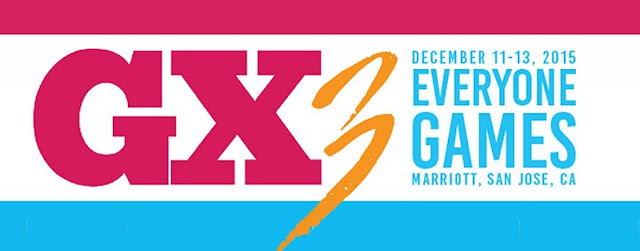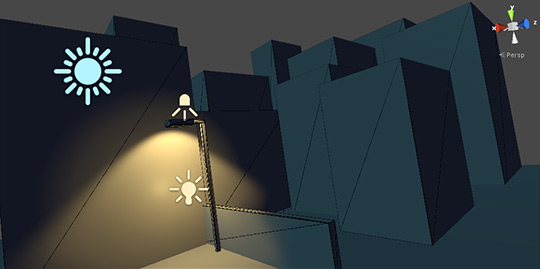Mixamo got bought out by Adobe... as part of the merge, they've turned off all their billing systems... which means almost everything they have is now free.
"Fuse" is their (free) character modeling / texturing / creation tool that is miles ahead of the old
Autodesk Character Generator -- from there, you send the character mesh out to their Auto-Rigger cloud service (also free) with 60+ bone skeletons and facial blend shape support -- and with every (free) account you register, you get 20 (free) animations, and you can potentially make unlimited free accounts.
This is a complete character art solution from mesh to skin weights to rigging to animation, for free. It's pretty impressive, and you can easily make a game that looks like a prestige AAA FPS from late 2013. (These assets don't have the accuracy of photoscanned models or DX11 procedural hair, but they're very well crafted.)
Tentatively, they're going to shutdown this infrastructure on December 31, 2015 (I think, according to a cryptic e-mail I got a few months ago) when they've finalized more of the merge with Adobe, so make sure you grab as much stuff as possible while you can.
To celebrate, look at the brunch hunk I made in Fuse (above) and exported out to Unity. Again, it's pretty high resolution stuff with no restrictions. Make use of it for your games while you can.
I'm documenting this resource as a "PSA" because making the tools of photorealism accessible and widespread helps (a) sabotage game industry machinery that privileges fidelity as something valuable, (b) re-contextualizes realism as a stylistic choice rather than a "default" marketing tactic.
Have fun!


















